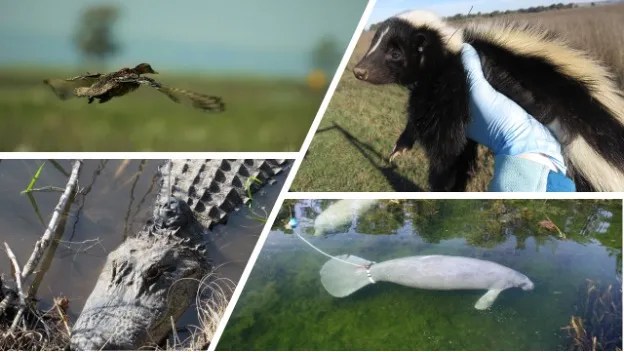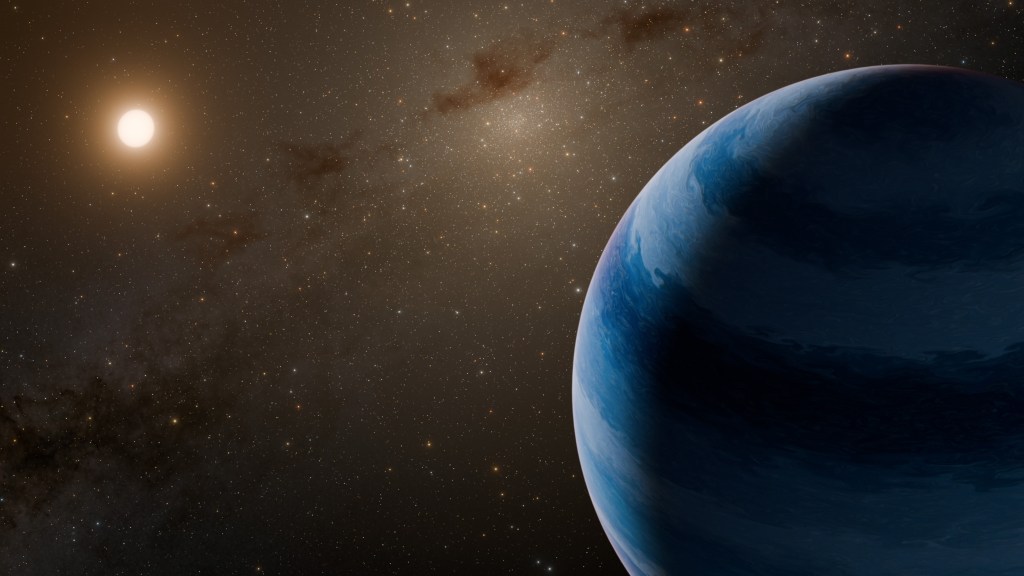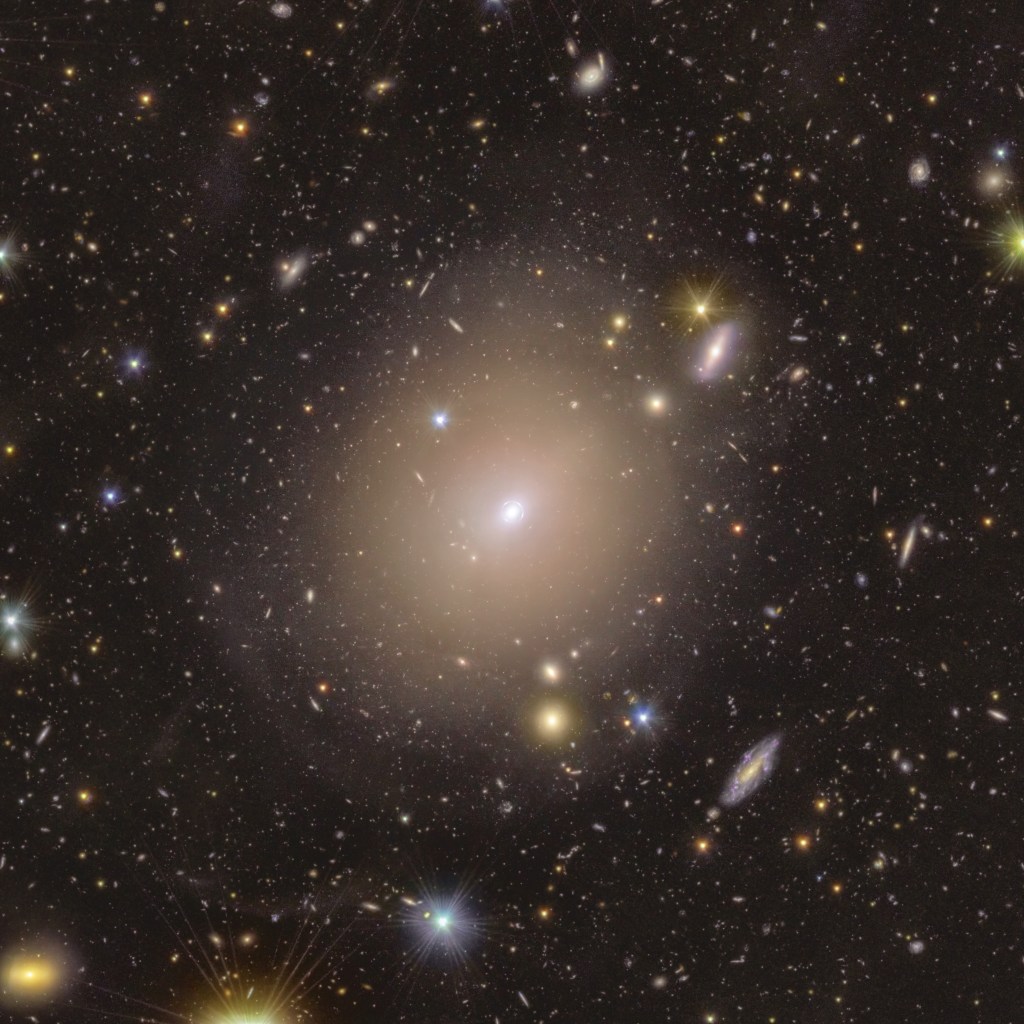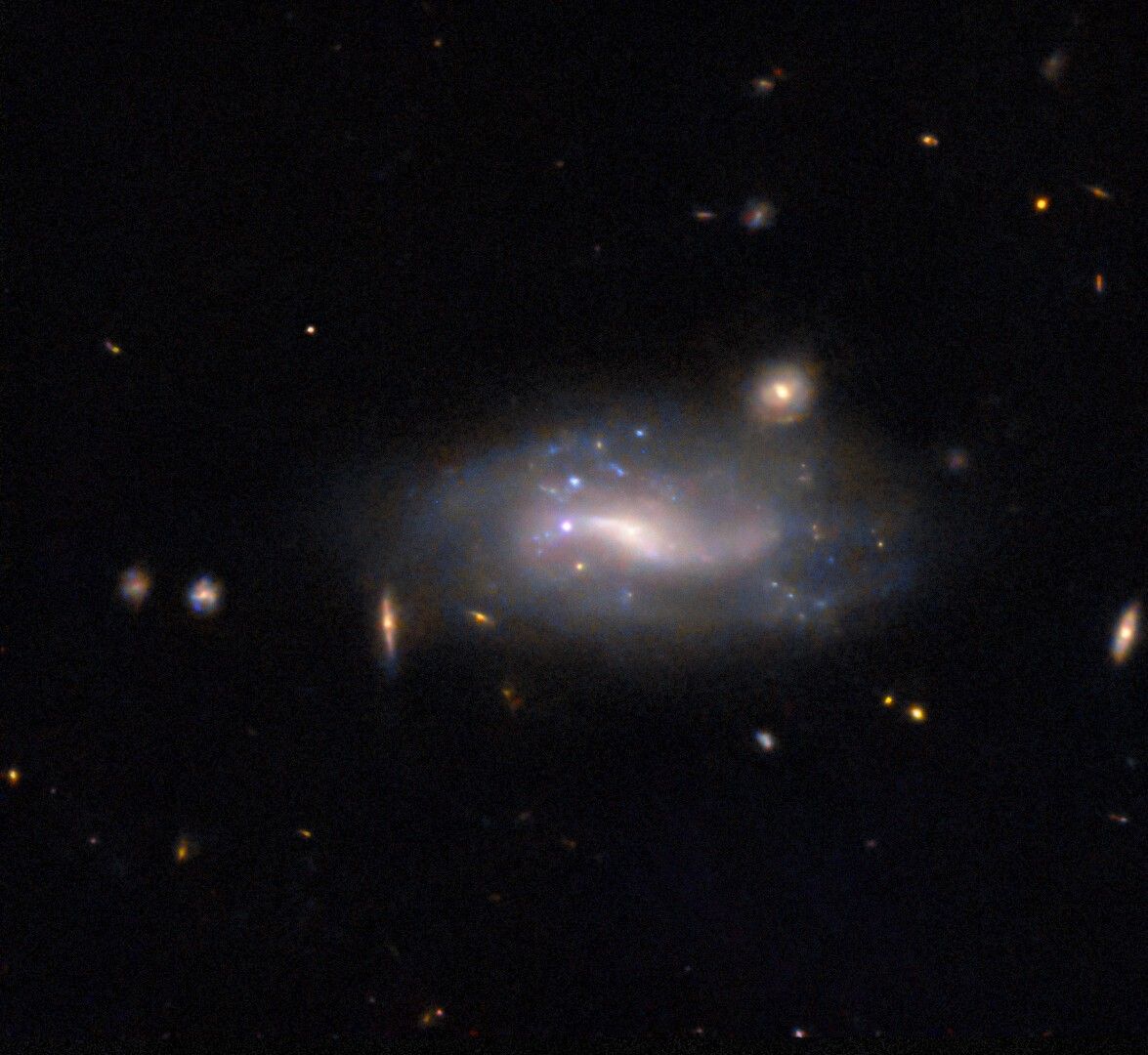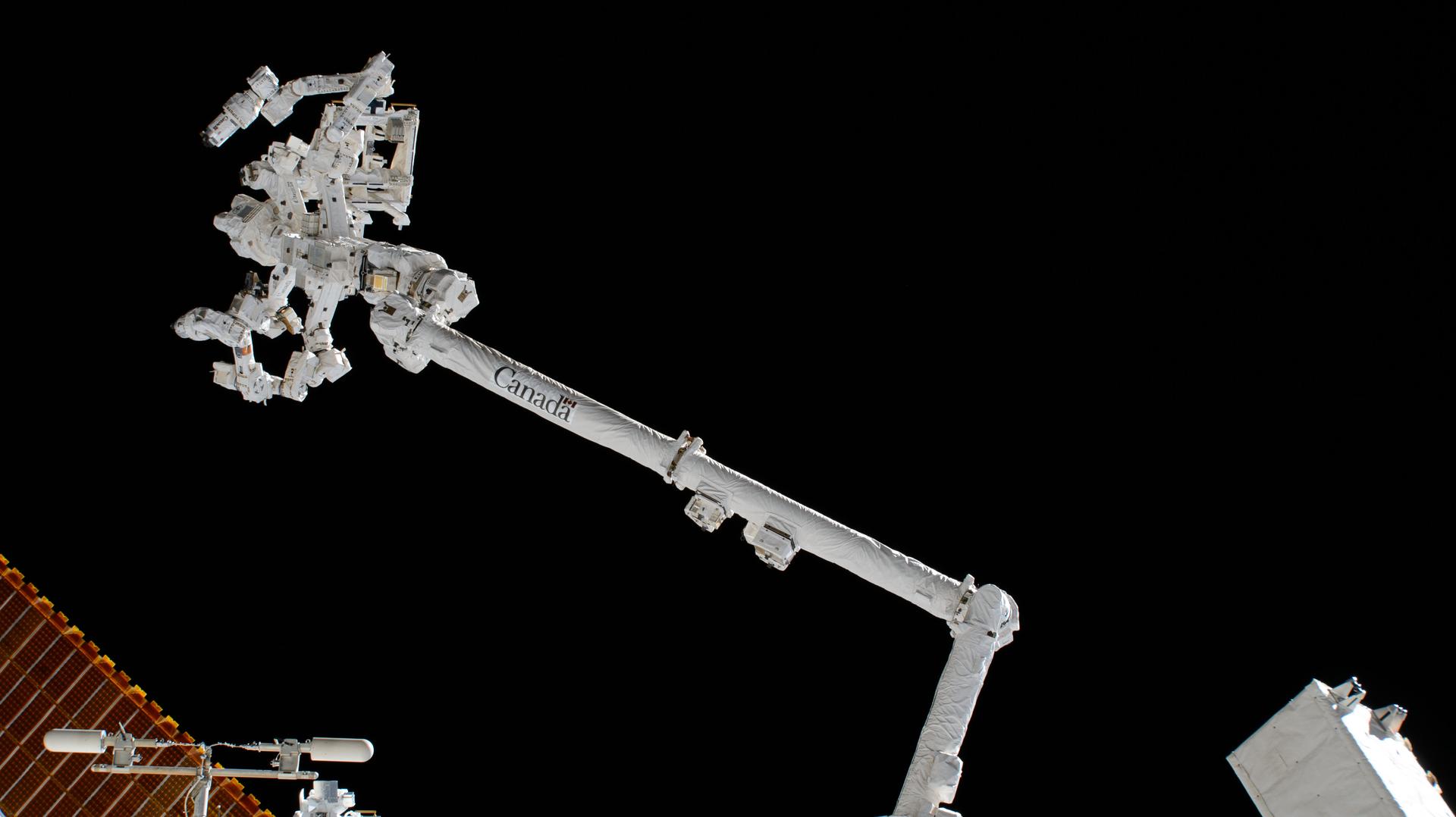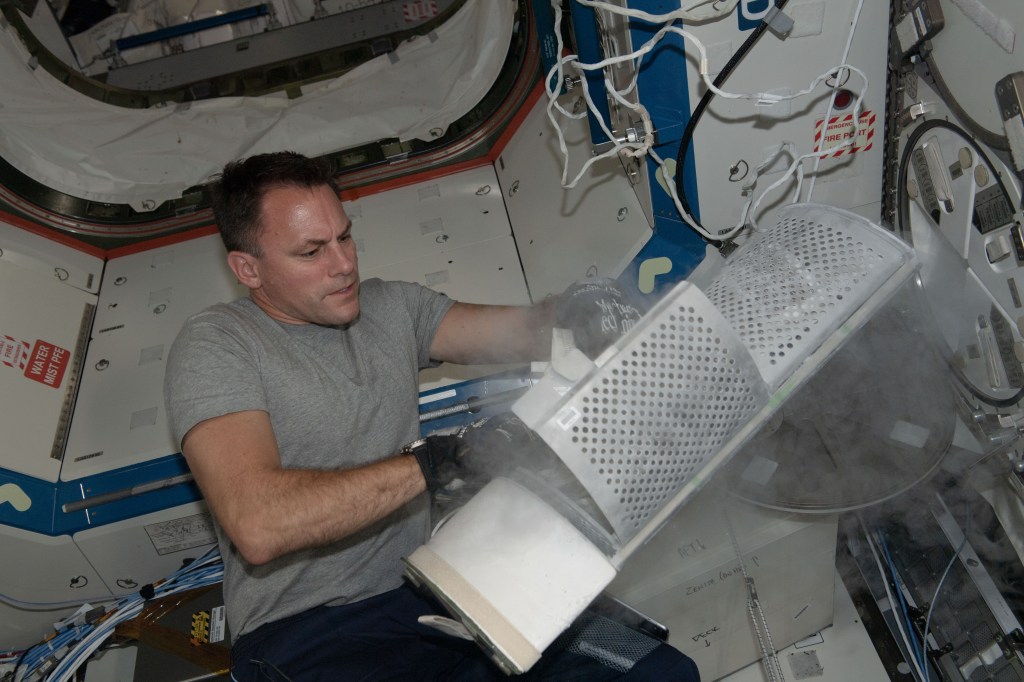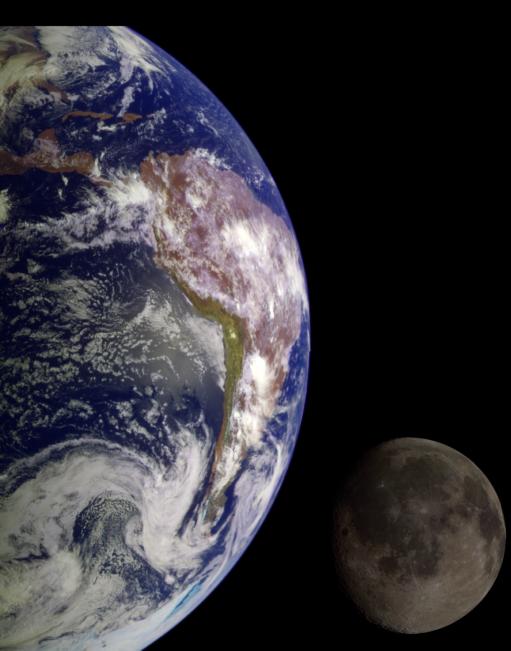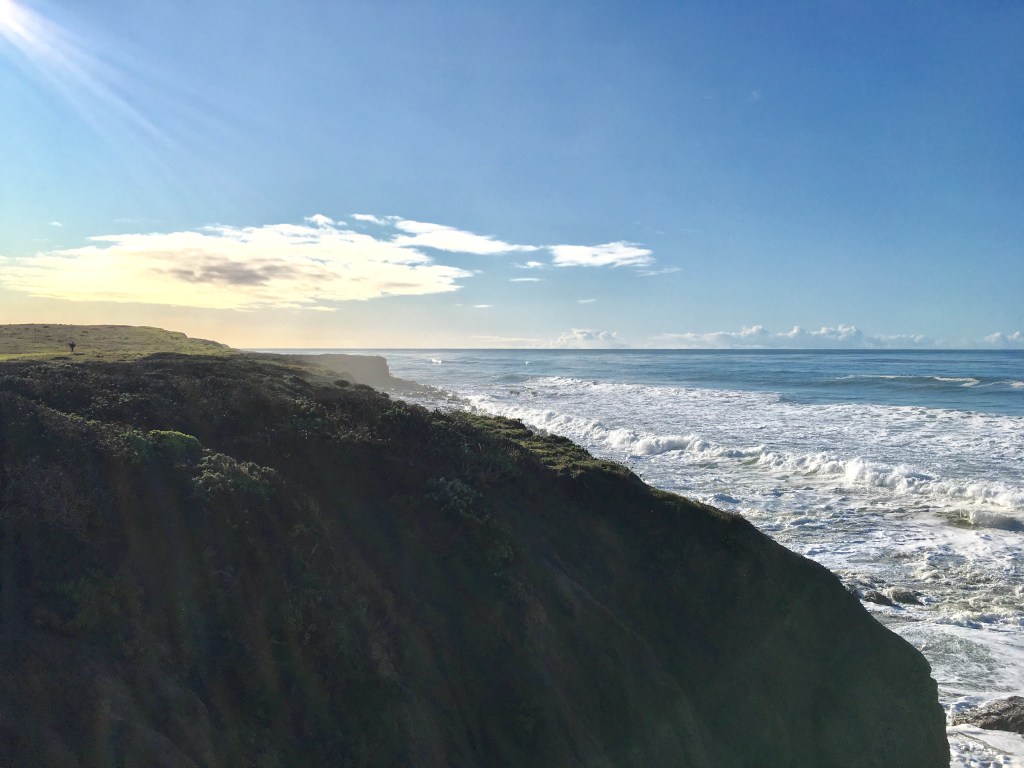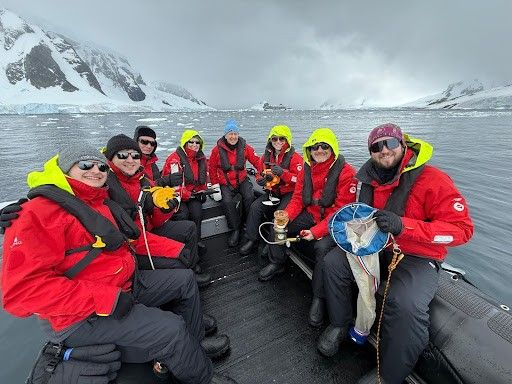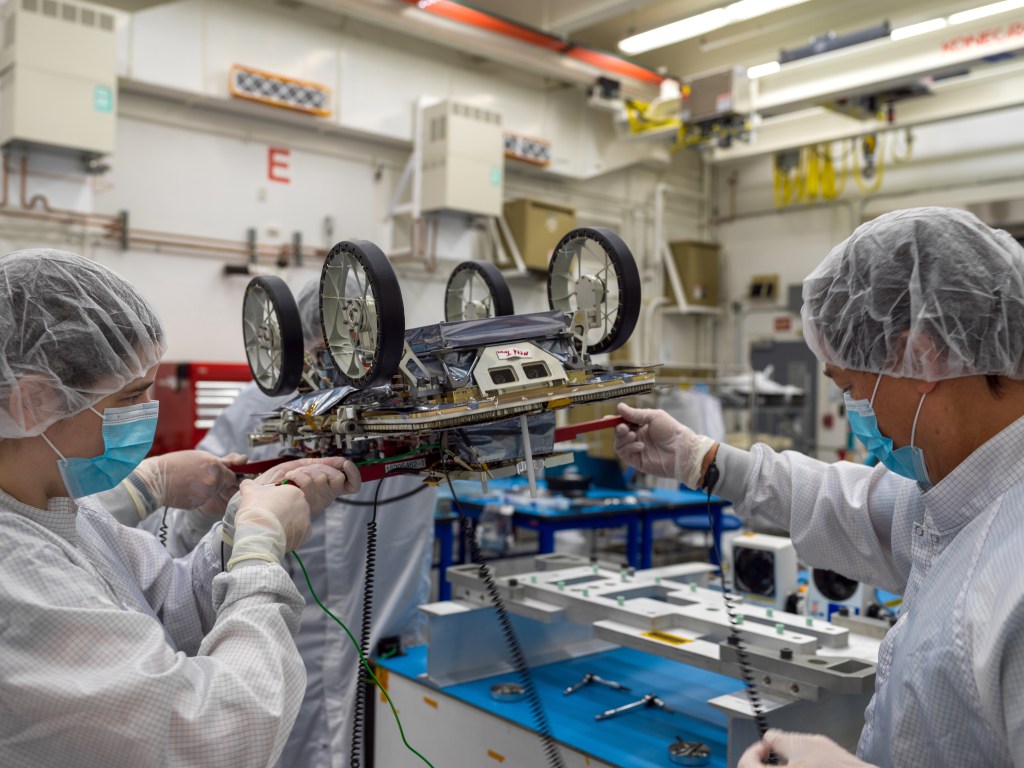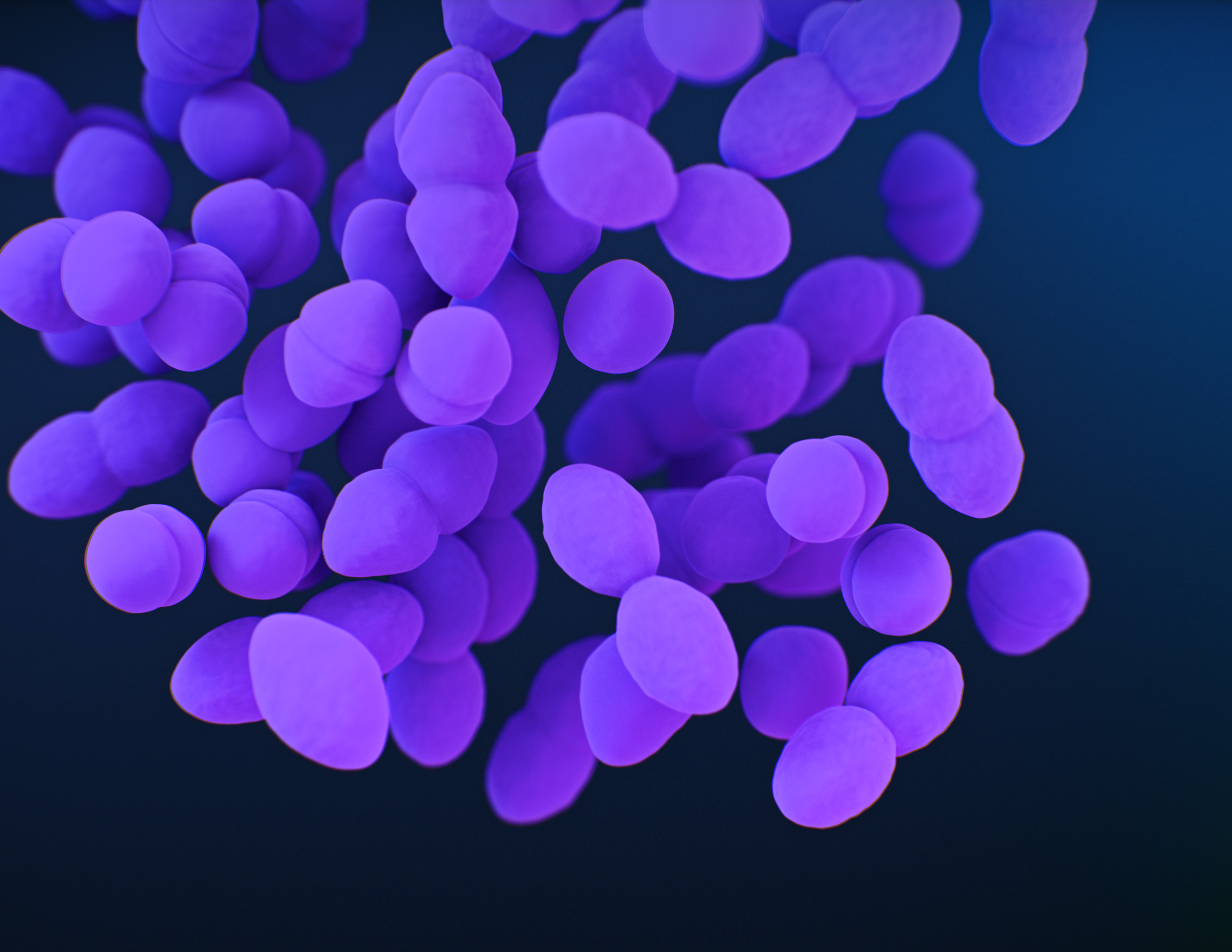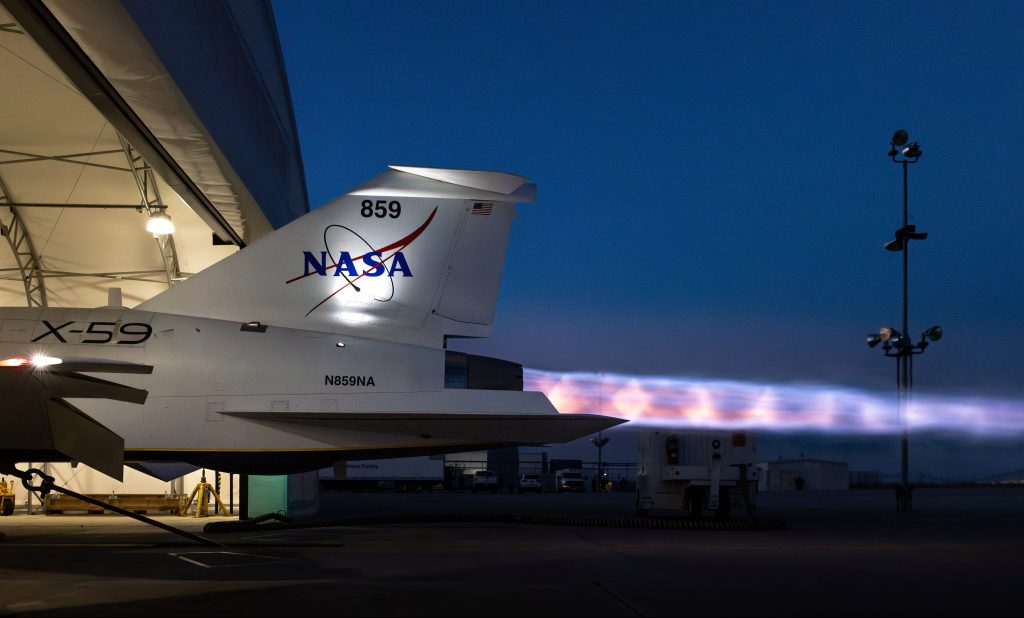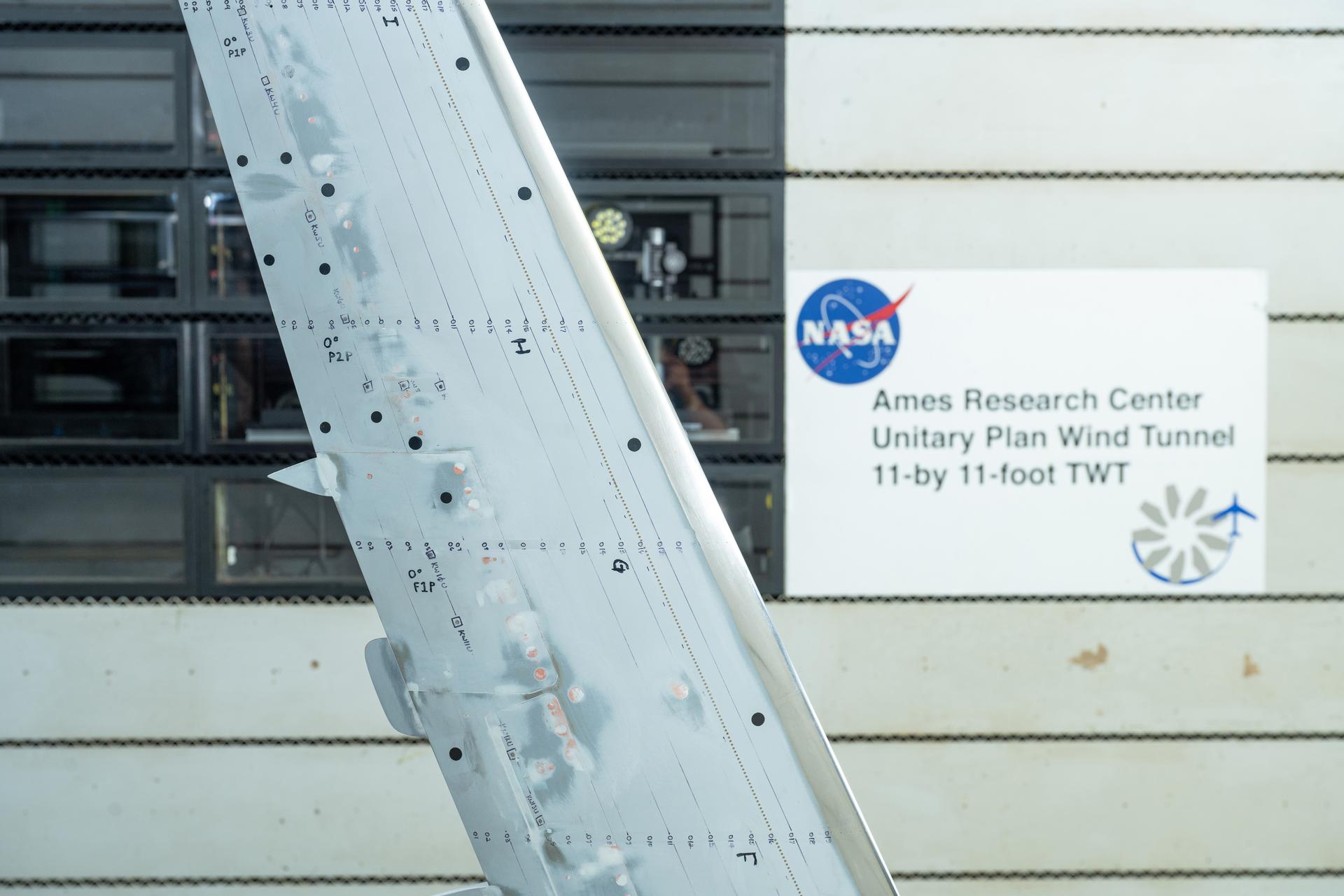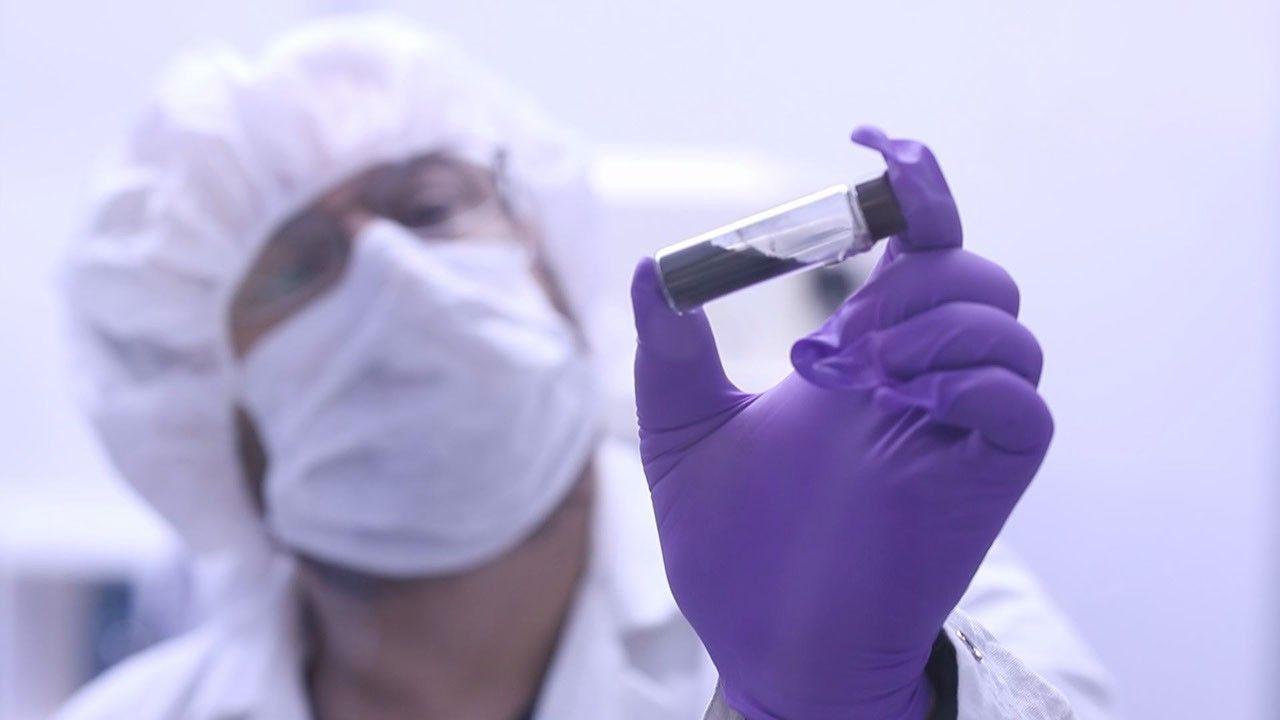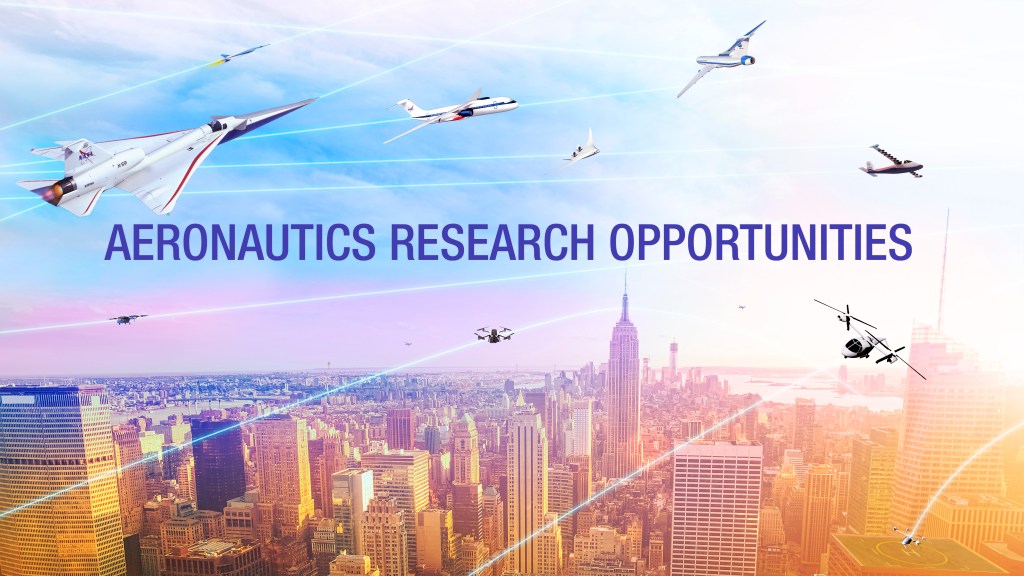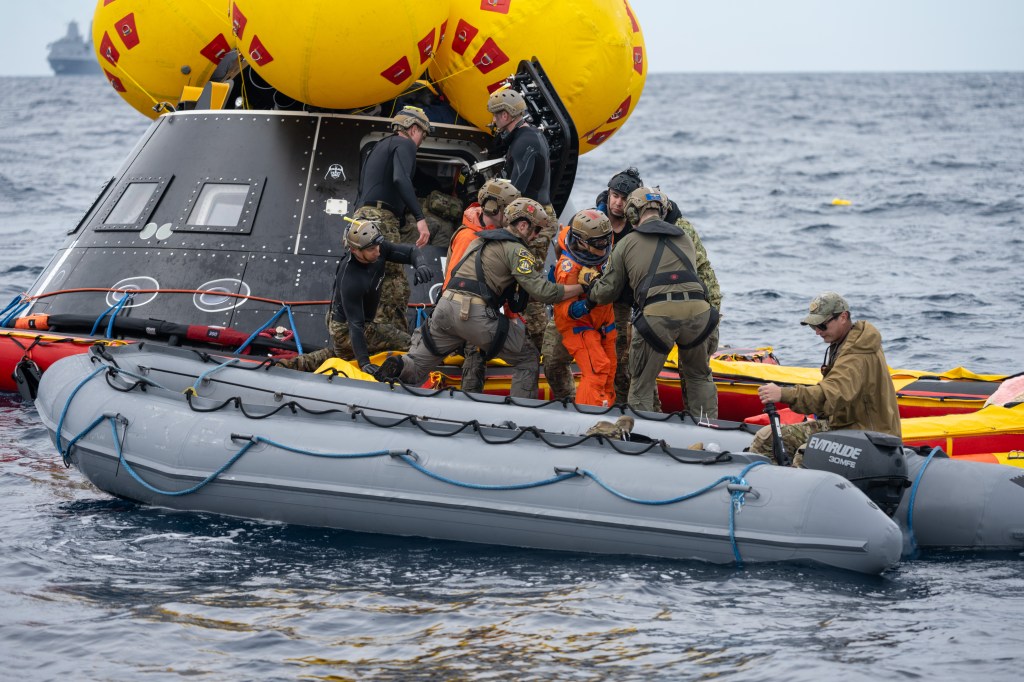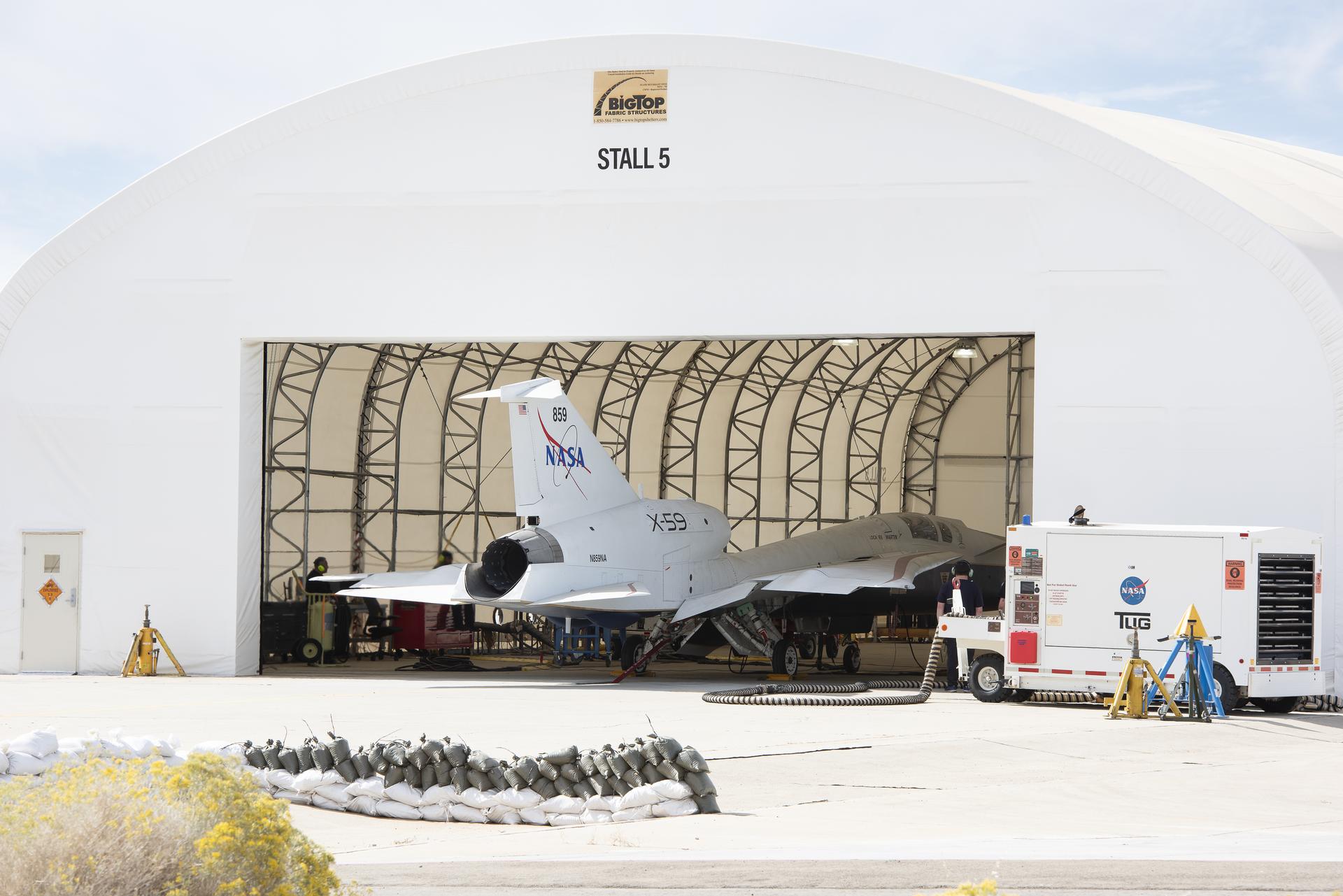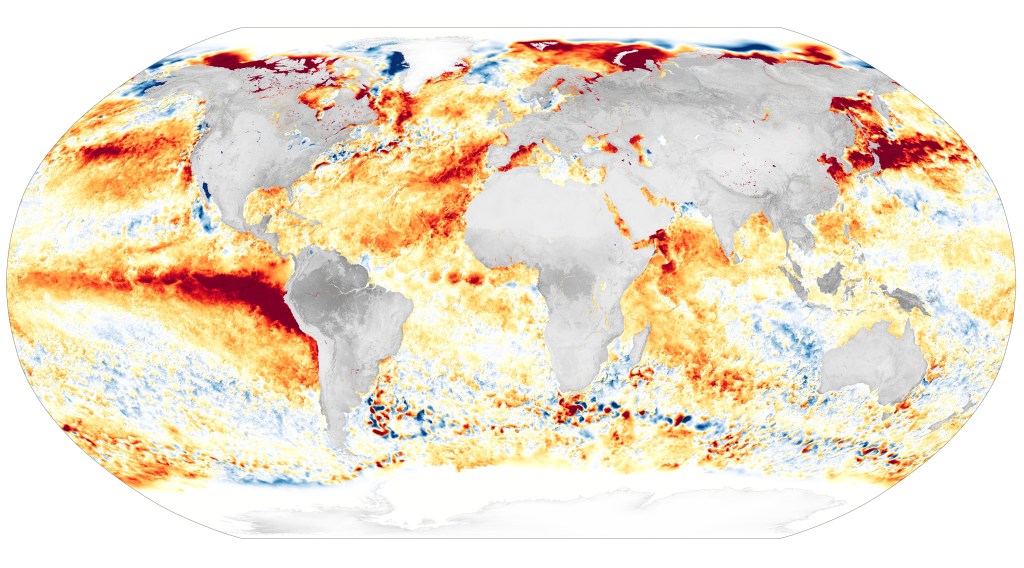
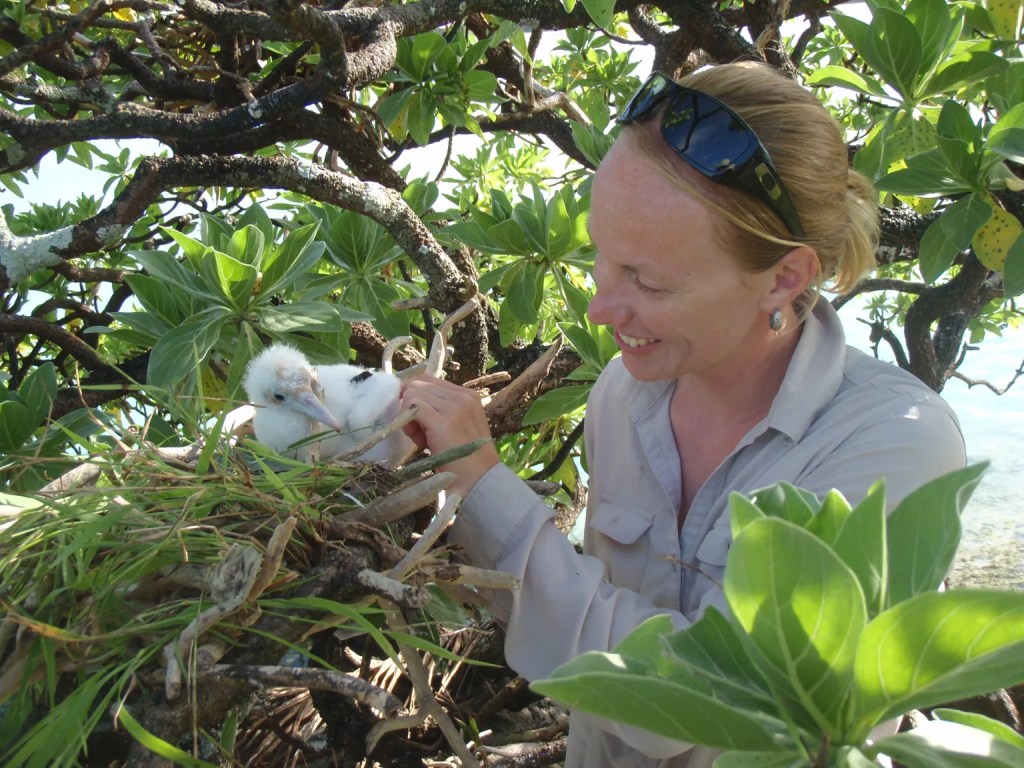
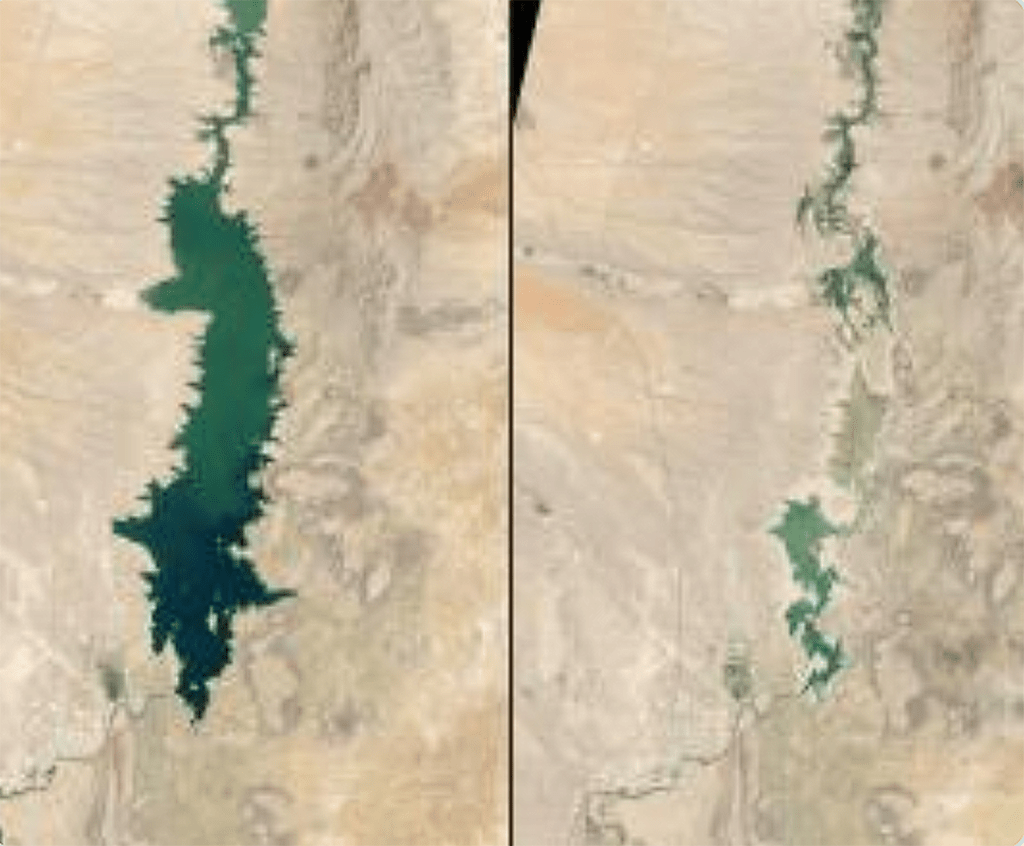
Climate Science Missions & Projects
active projects
3
subject matter experts
3
NASA Ames poc
Jessica McCarty
NASA Earth eXchange (NEX)
NEX produces two downscaled climate projections, recently updated with output from the global climate models used in the 6th phase of the Coupled Model Intercomparison Project. The first projection, the NASA Earth eXchange Global Daily Downscaled Projections (NEX-GDDP-CMIP6), covers the globe at 25 km resolution, The Downscaled Climate Projections (NEX-DCP30-CMIP6) cover the coterminous United States at 800 m resolution. These projections are widely used for understanding and mitigating the impacts of climate change across different sectors and regions and support the U.S. National Climate Assessment.
Click here to learn more about NEX about NASA Earth eXchange (NEX)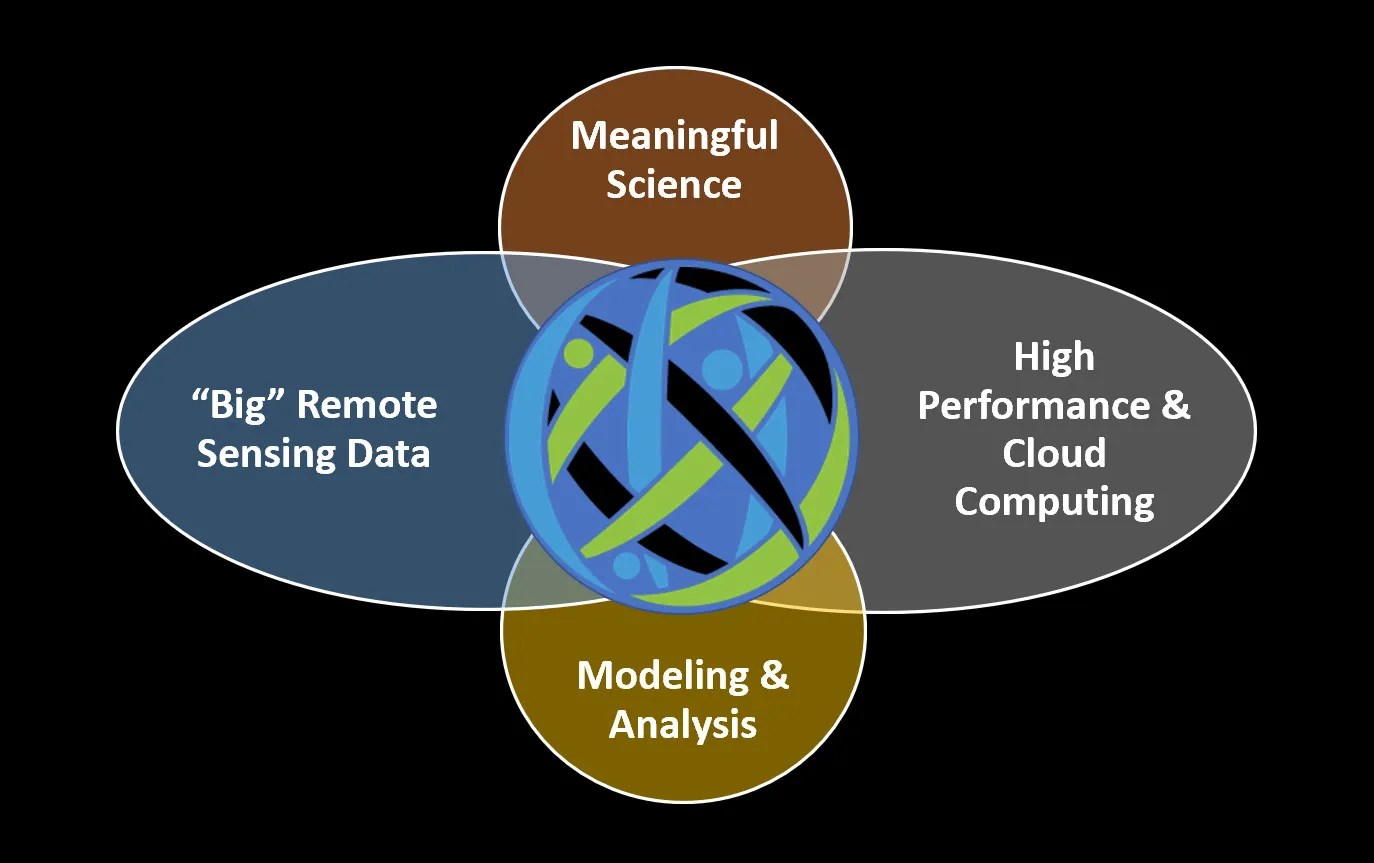
Arctic Boreal Vulnerability Experiment (ABoVE)
Climate change in the Arctic and Boreal region is unfolding faster than anywhere else on Earth, resulting in reduced Arctic sea ice, thawing of permafrost soils, decomposition of long- frozen organic matter, widespread changes to lakes, rivers, coastlines, and alterations of ecosystem structure and function. NASA’s Terrestrial Ecology Program is conducting a major field campaign, the Arctic-Boreal Vulnerability Experiment (ABoVE), in Alaska and western Canada, from 2015 – 2025. ABoVE seeks a better understanding of the vulnerability and resilience of ecosystems and society to this changing environment.
Click here to learn more about ABoVE about Arctic Boreal Vulnerability Experiment (ABoVE)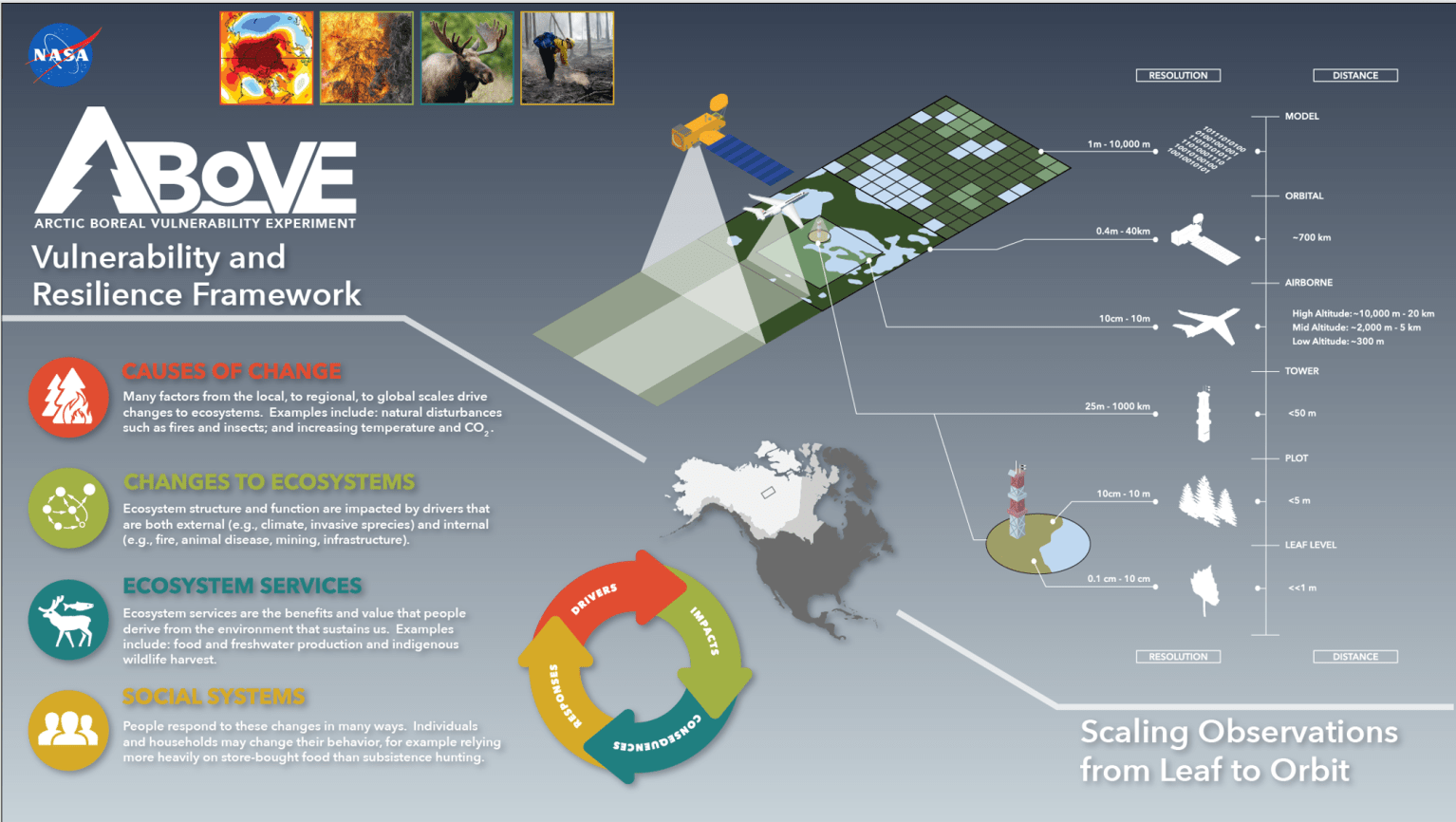
Internet of Animals (IOA)
IOA is a pre-formulation mission study with two objectives, to architect a next-generation space-based animal tracking system and to understand how NASA can combine animal telemetry data with Earth observations to achieve its scientific objectives. Under the second objective, the IOA team at Ames Research Center are studying how biologgers on great frigatebirds (Fregata minor) can reveal the dynamics of the planetary boundary layer (PBL) with data that are difficult to obtain solely from satellite-based measurements. The dynamics of the PBL mediate interaction between the atmosphere and the surface of the Earth and influence climate, weather, and air quality. Understanding the dynamics of the PBL is a scientific objective of NASA and the target of future satellite missions.
Click here to learn more about IOA about Internet of Animals (IOA)